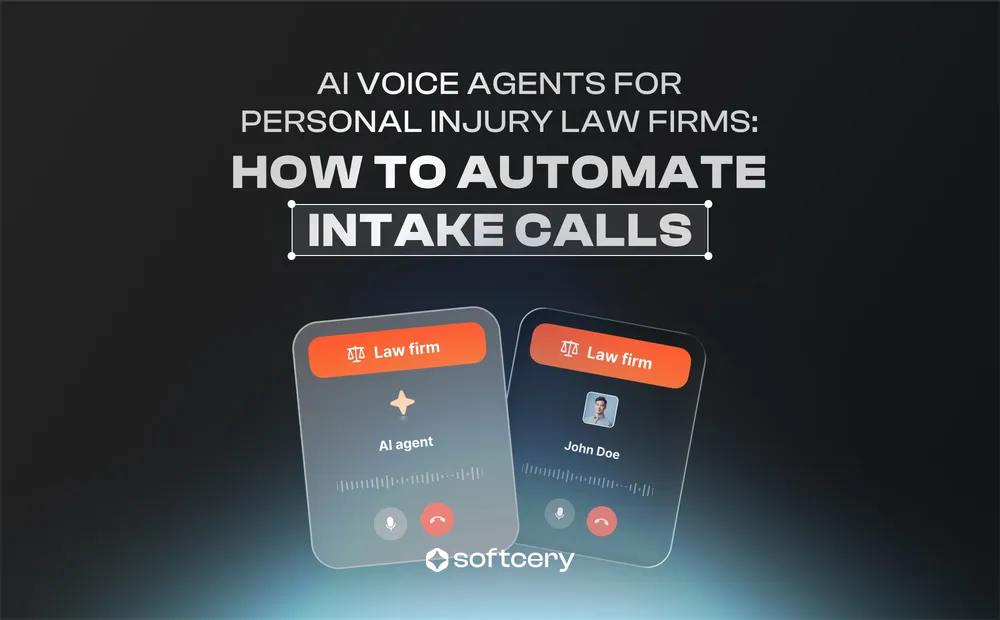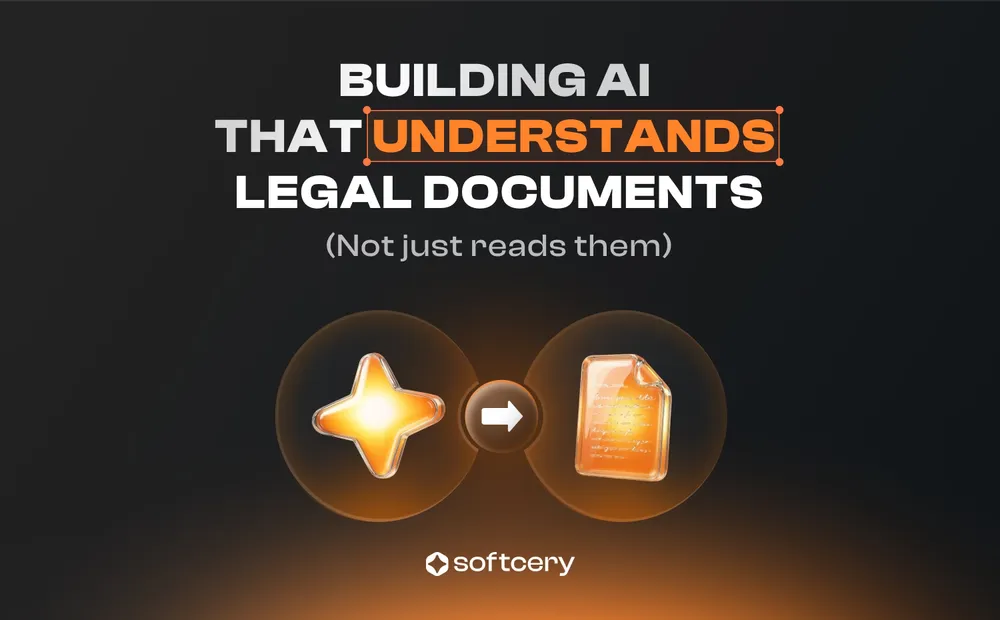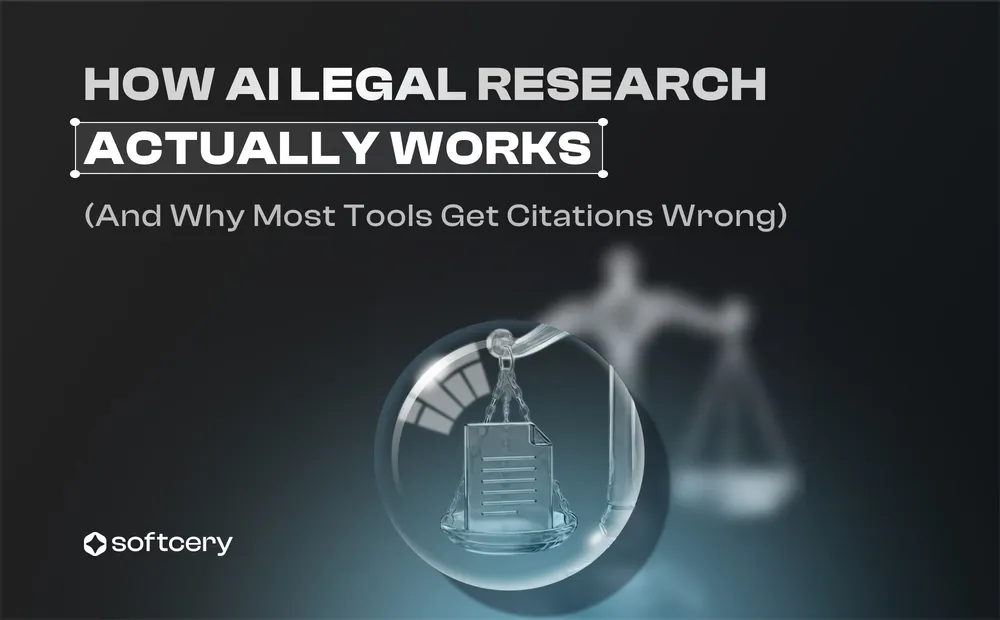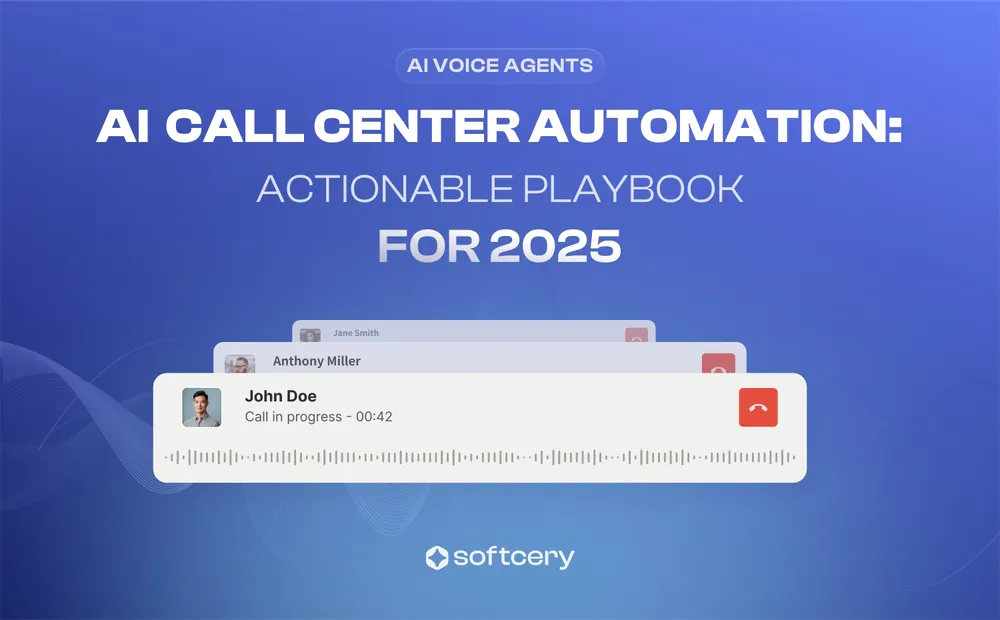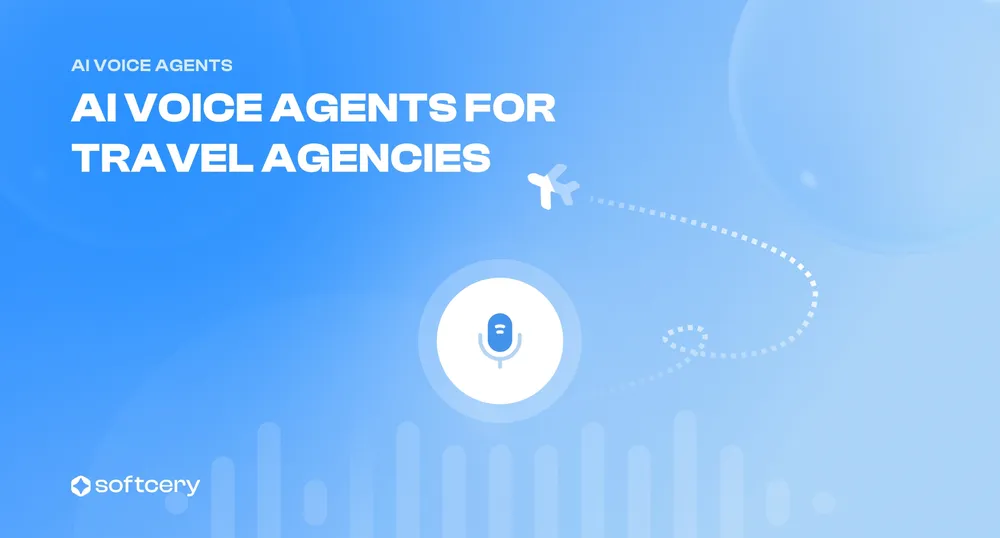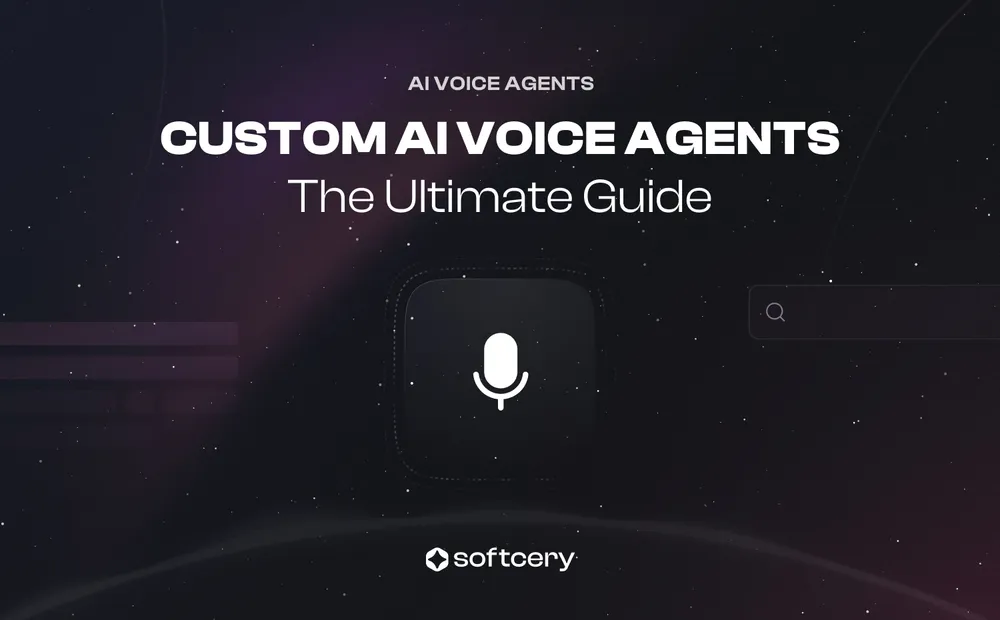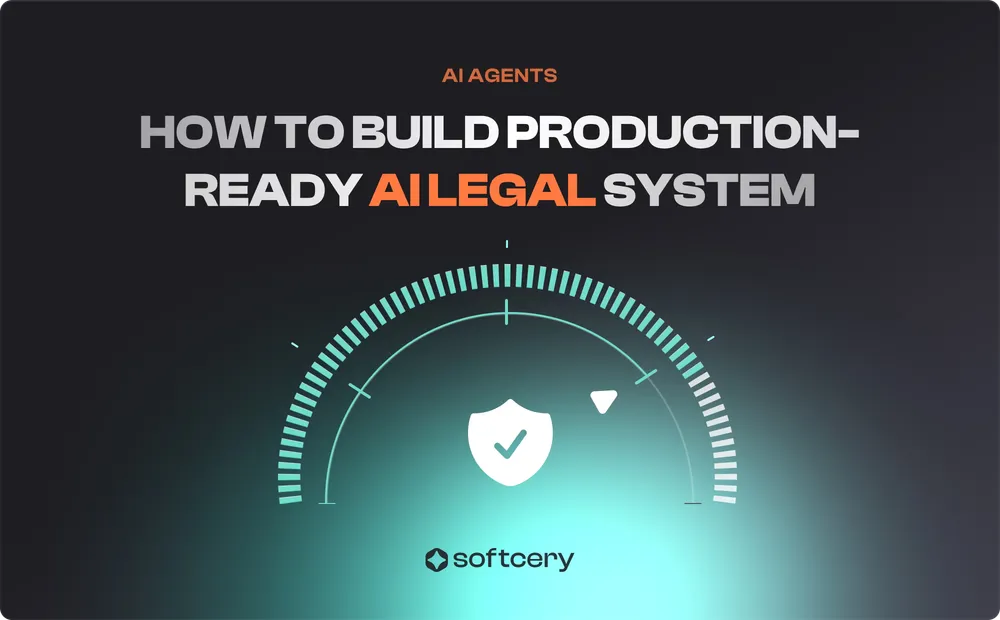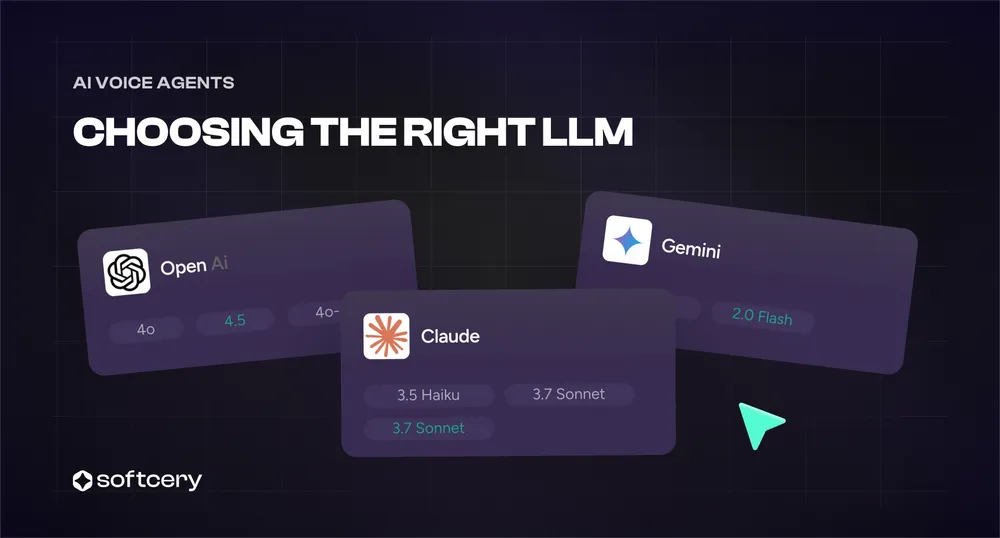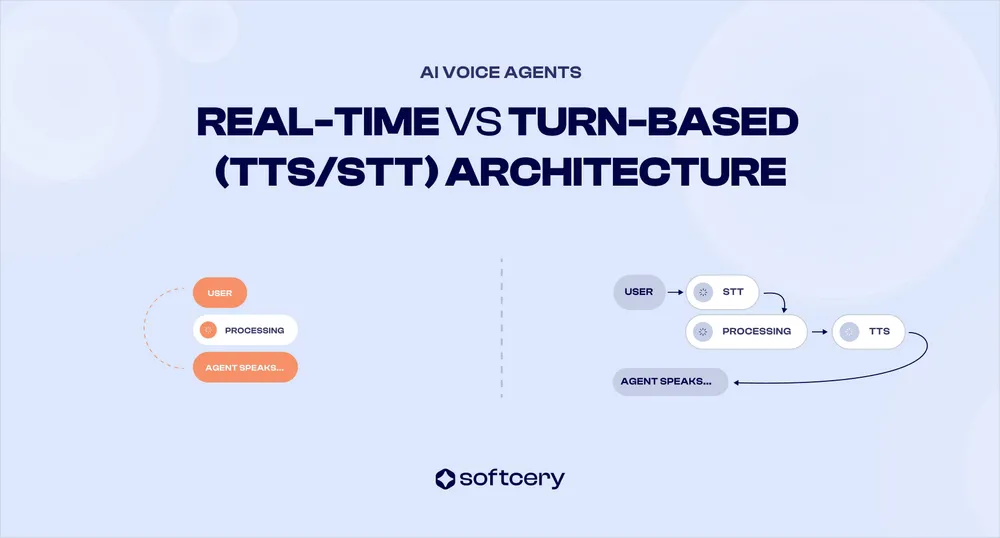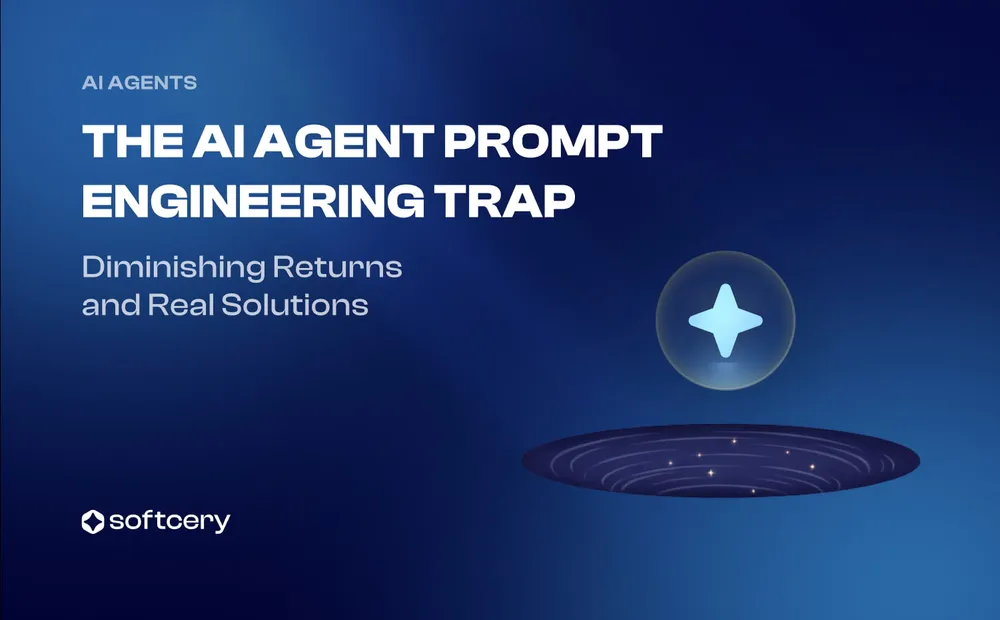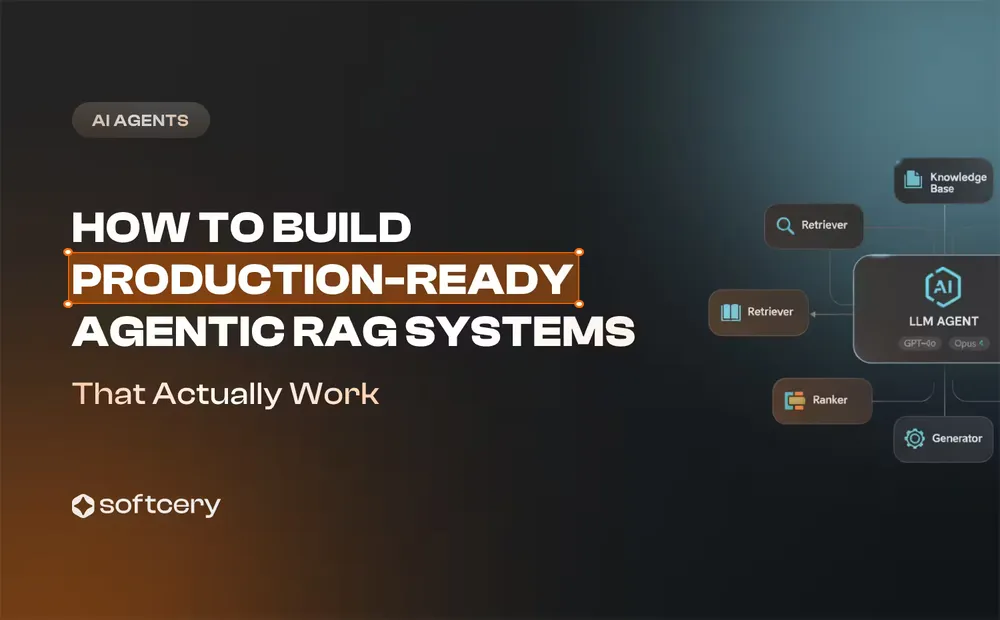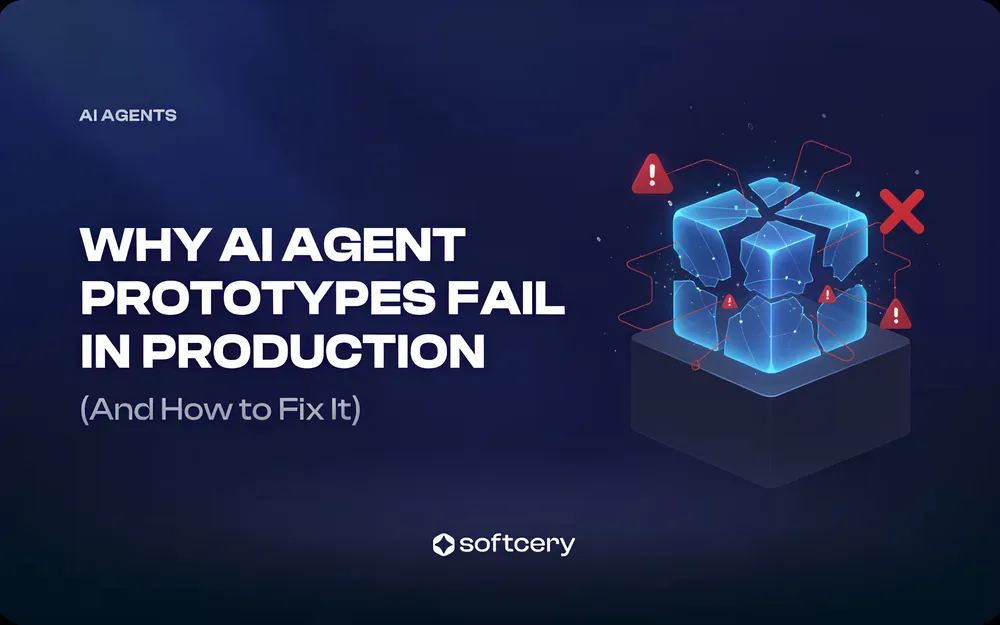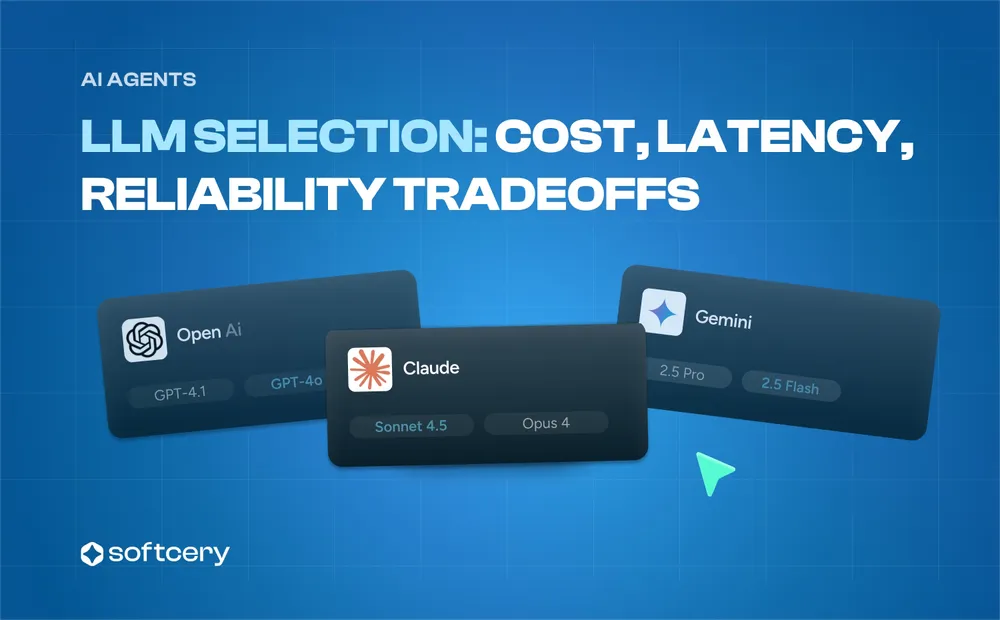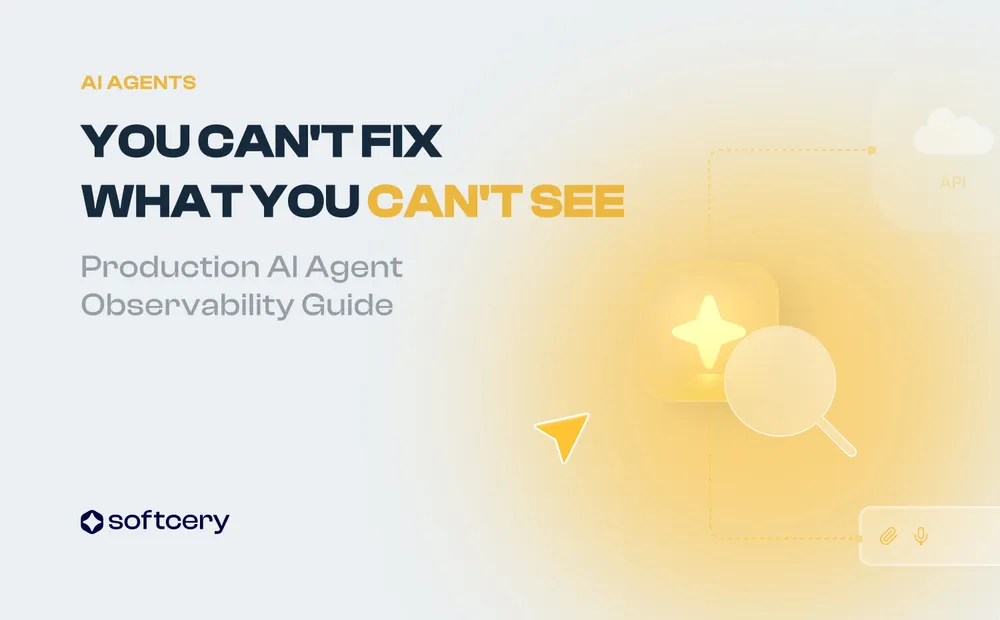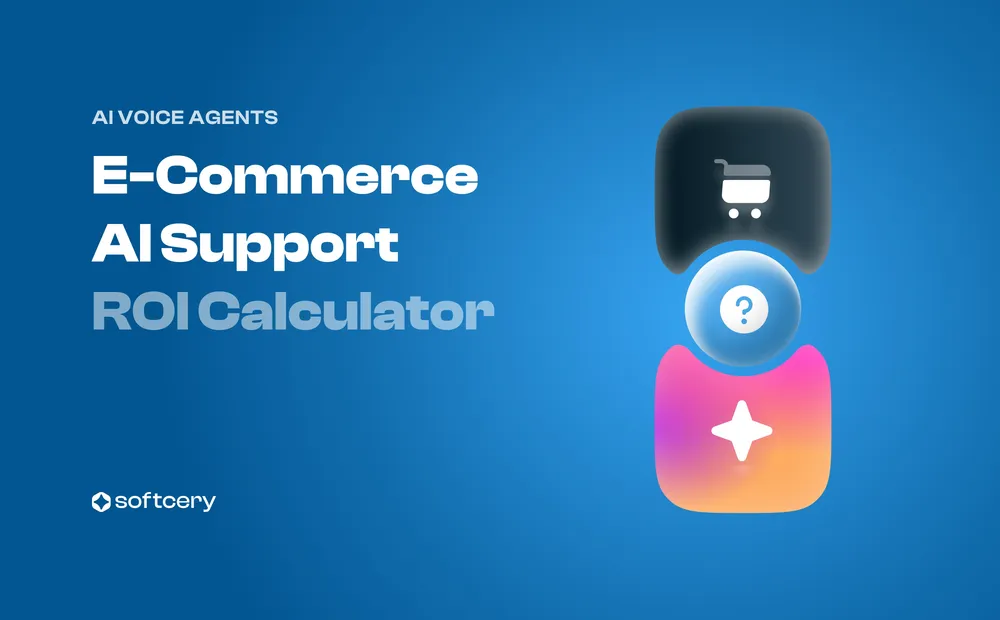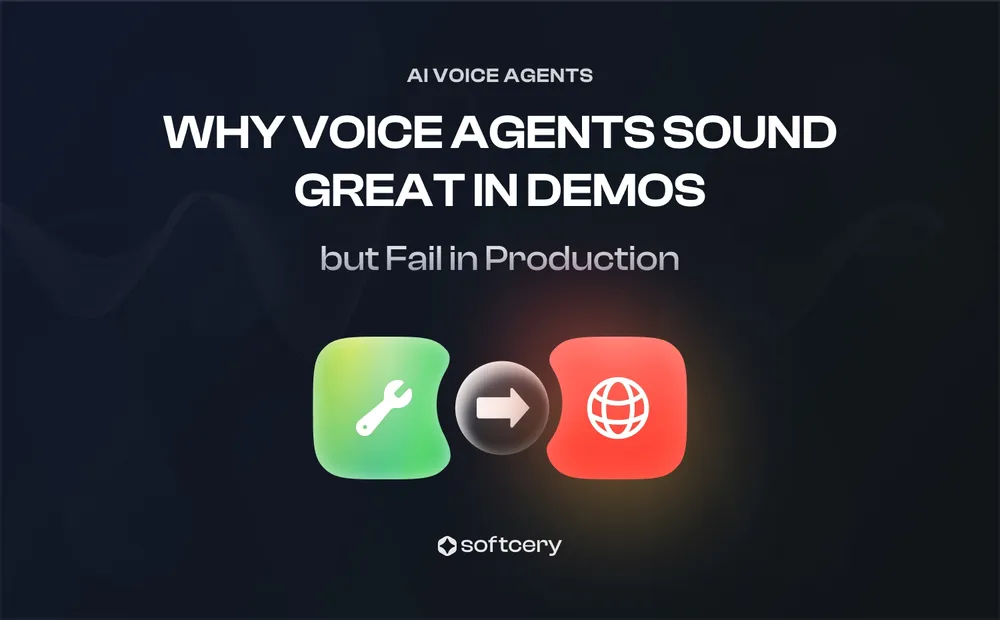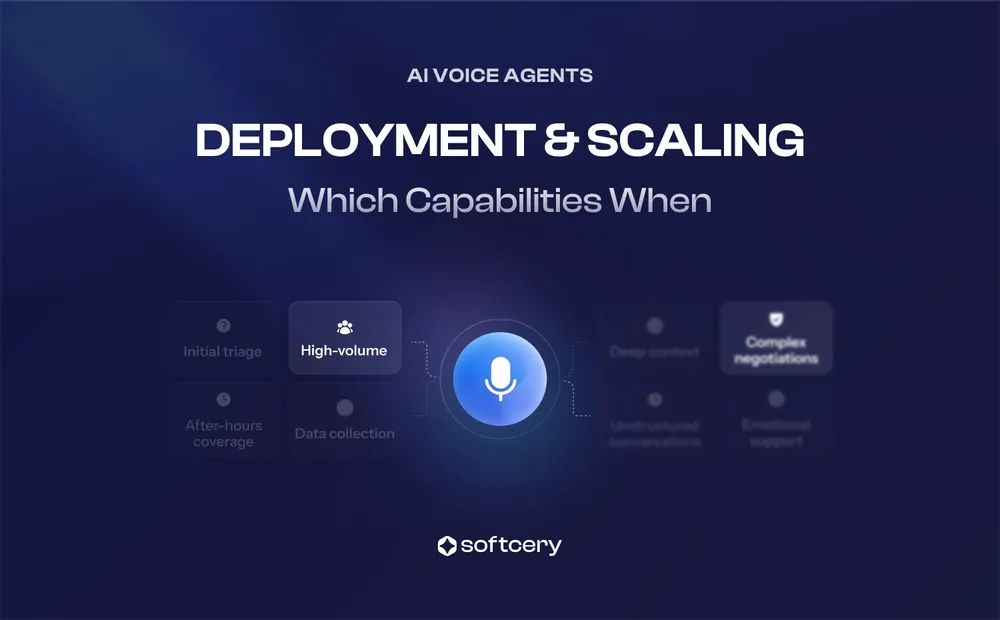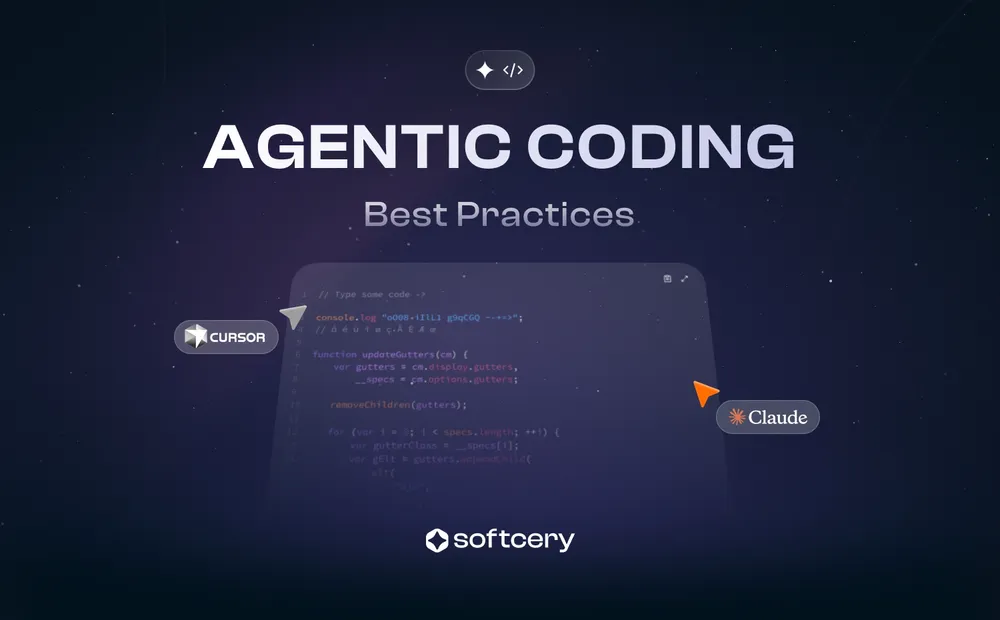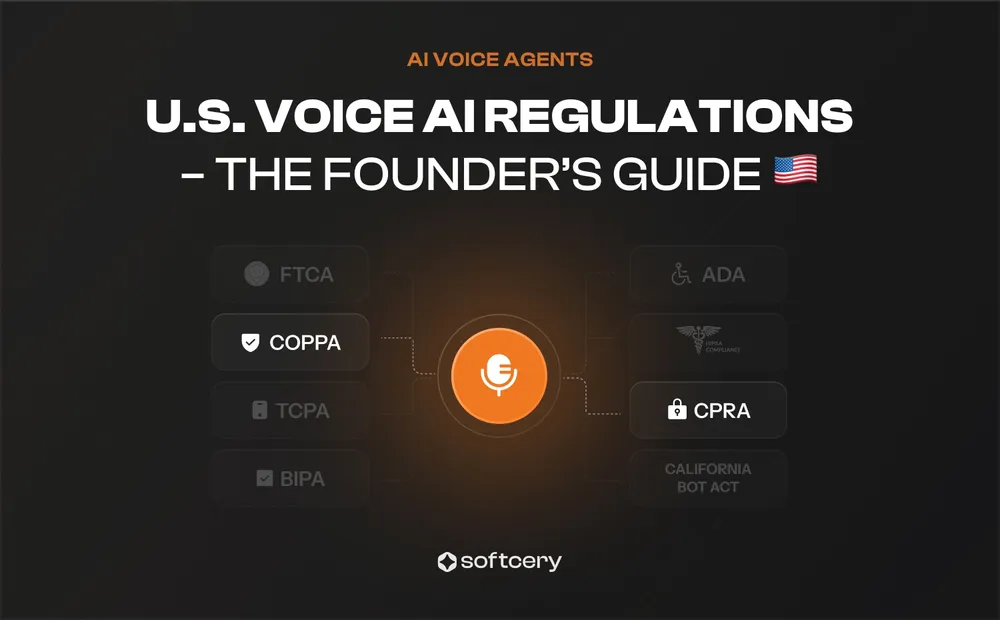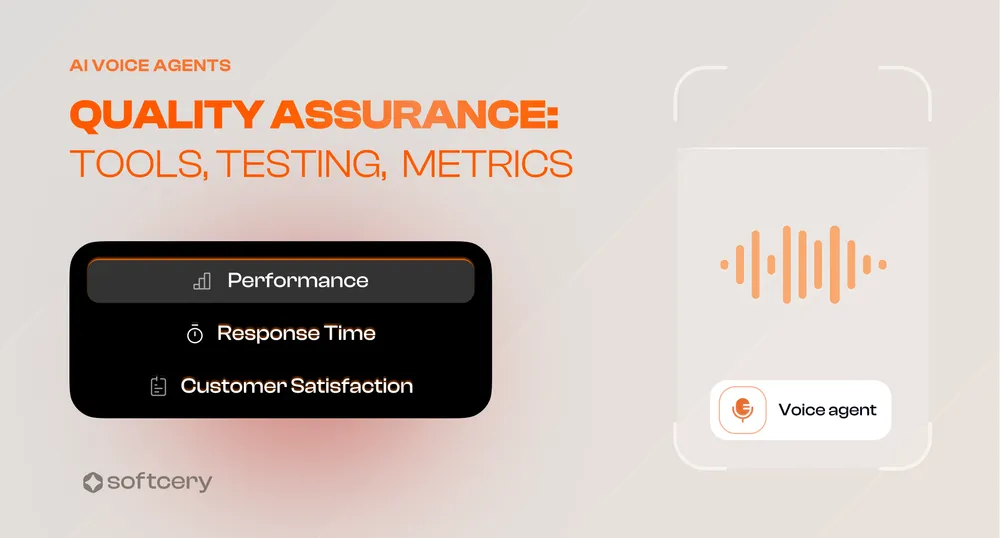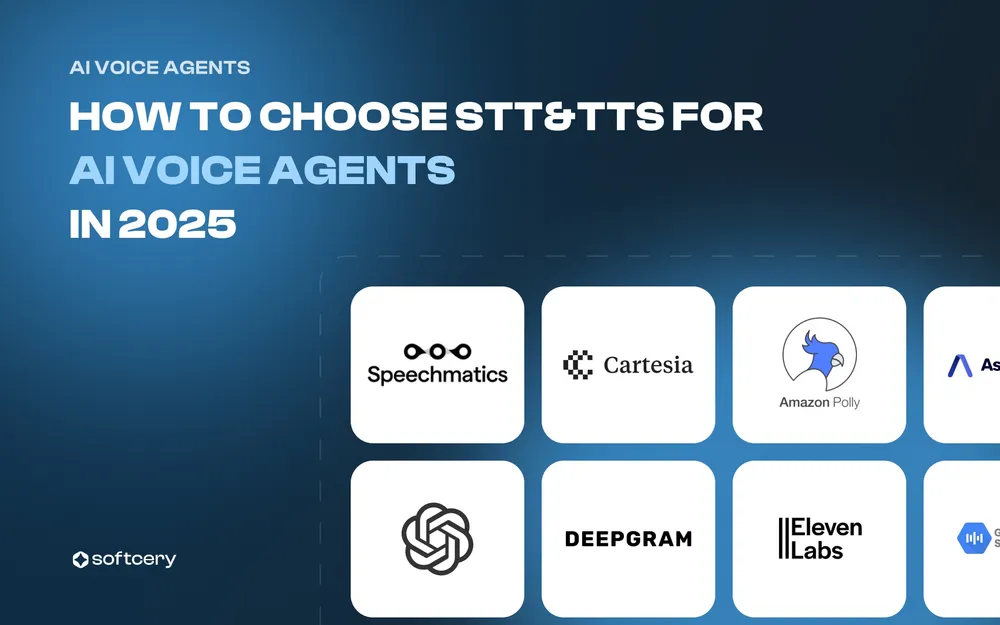Legal Chatbots: When to Build Custom vs Buy Off-the-Shelf
Last updated on November 21, 2025
Law firms face the same choice: buy an off-the-shelf legal chatbot or invest in custom legal chatbot development. The decision isn’t about features or budget alone. It’s about whether your specific legal workflow, compliance requirements, and integration needs fit within pre-built constraints.
Why Legal AI Chatbots Are More Complex Than Standard Chatbots
Legal chatbots operate under constraints that don’t exist in other industries. A restaurant chatbot that fails generates a bad reservation. A legal chatbot that fails can breach client confidentiality, create malpractice liability, or violate regulatory requirements.
Client Confidentiality and PrivilegeEach client’s data must be completely separated: no shared embeddings, no cross-client retrieval, no training on client conversations. Every interaction needs logging for potential discovery requests. Who accessed what information? When? What documents were referenced? Standard chatbot logging isn’t sufficient. Legal-specific audit trails must capture context, reasoning paths, and data sources.
Regulatory Compliance FrameworksThe American Bar Association released formal opinion 512 specifically addressing AI in legal practice. Lawyers must understand how the AI system works, take reasonable measures to prevent disclosure of confidential information, review AI-generated work for accuracy, and disclose to clients when AI is used in representation. State bar associations add their own requirements. California, New York, and Florida each have distinct guidelines for AI usage. Off-the-shelf legal chatbots configured for federal compliance may need additional adjustments to meet varying state-specific requirements.
Integration ComplexityLegal chatbots connect with case management systems like Clio, MyCase, PracticePanther, or custom platforms. Document management through NetDocuments, iManage, or SharePoint must respect access controls and version history. Billing systems need time tracking integration for AI-assisted work, with some jurisdictions requiring disclosure of AI usage on invoices. Research databases like Westlaw, LexisNexis, and Fastcase involve licensing restrictions and citation formatting requirements.
Accuracy and Liability StandardsLegal advice carries malpractice liability. Every answer must link to source documents with verifiable references to actual statute text, section numbers, and jurisdictions. The system should indicate uncertainty. Beyond confidence scoring, jurisdictional boundaries matter critically: a chatbot trained on California employment law shouldn’t answer New York employment questions.
When Off-the-Shelf Legal Chatbots Work Best
Off-the-shelf legal chatbots excel in specific scenarios. Not every law firm needs custom legal chatbot development.
Client Intake and Basic Triage
Initial client contact doesn’t typically involve privileged information. A potential client fills out forms, describes their situation, and gets routed to the appropriate attorney. The chatbot collects contact information, qualifies leads, schedules consultations, and provides general firm information. This workflow doesn’t require case management integration or client data access.
Many off-the-shelf solutions include pre-built intake forms for personal injury, family law, and estate planning.
Public Legal Information and FAQs
Providing general legal information carries less liability than client-specific advice. An AI chatbot explaining what a power of attorney does or how to file small claims court papers operates within safer boundaries. Court procedure explanations, filing requirement overviews, and document checklists don’t need deep integration. The chatbot must clearly distinguish general information from legal advice. Many jurisdictions require explicit disclaimers that off-the-shelf solutions typically include, though you should verify compliance with your bar association requirements.
High-Volume Standardized Requests
Some practices handle repetitive questions at scale. Immigration status updates, court date confirmations, document receipt acknowledgments, payment status inquiries. If 80% of your client inquiries fall into 10 standard categories, an off-the-shelf legal chatbot configured with those categories may suffice.
Where Custom Legal Chatbot Development Excels
Custom legal chatbot development addresses limitations that off-the-shelf solutions can’t overcome.
Specialized Practice Area Requirements
Custom-built legal chatbots can be trained to understand the workflows, terminology, and regulatory context of specific practice areas.
- Securities law: regulatory compliance, SEC filing rules, and disclosure obligations;
- Intellectual property: patent prosecution workflows, trademark search logic, copyright registration steps, and integrations with systems like the USPTO.
- Complex litigation: handling discovery management, multi-party case structures, and strategy-based decision pathways;
- Corporate transactions: M&A due diligence, contract negotiation patterns, and regulatory approval workflows.
Deep System Integration Needs
Enterprise law firms run complex technology stacks that demand custom development work beyond what off-the-shelf platforms can support: legacy case management systems without modern APIs, multiple document repositories with different access controls, custom billing systems with firm-specific time coding, internal knowledge bases.
Advanced AI Capabilities and Legal Document Analyzer Features
Production-grade legal AI chatbots need capabilities beyond simple question-answering. A legal document analyzer integrated into your chatbot can extract clauses, identify risks, and compare provisions across hundreds of contracts. For litigation practices, it analyzes discovery documents, identifies relevant precedents, and flags inconsistencies across case files. Contract review becomes automated, the system spots non-standard clauses, calculates risk scores, and suggests revision language based on your firm’s historical negotiations.
The Retrieval-Augmented Generation Engineering (RAG) Reality: Why Legal Data Breaks Standard Architectures
While the strategic benefits of custom development are clear, the specific AI legal engineering challenges of processing unstructured legal data often make custom development not just preferable, but necessary. Standard RAG architectures cannot handle the long-range logical dependencies, limiting how well AI understand legal documents, and this limitation creates technical failures that off-the-shelf solutions cannot resolve.
Handling Long-Range Legal Dependencies: The Chunking Strategy Problem
Standard RAG implementations, even those using recursive paragraph splitting, treat text chunks in isolation.
The problem manifests when legal documents separate a “Rule” (Section 2) from its “Exception” (Section 10) or “Definition” (Section 1). A standard retriever might find the Rule because it matches the user’s query semantically, but it will miss the Exception because it is physically distant in the text and semantically different.
Custom solutions can address this issue through context-aware chunking or metadata enrichment. Every chunk gets injected with document hierarchy information (definitions, parent clauses, cross-references) in its metadata. Advanced custom implementations use graph-based retrieval , which detects internal references (e.g., “Subject to Section 5…”) and forces the system to retrieve that referenced section alongside the main answer, regardless of semantic similarity. The system understands document structure, not just semantic meaning.
The Ranking Problem: Hybrid Search and Re-ranking
Pure semantic (vector) search struggles with the precision legal practice demands. A lawyer searching for a specific case name, statute number, or exact legal term (e.g., “writ of mandamus”) needs that exact match. Semantic search often “hallucinates” relevance, ranking conceptually similar documents higher than the specific document the lawyer actually needs.
Custom architectures implement hybrid search with cross-encoder re-ranking. The system runs two searches simultaneously: a keyword search (BM25) for exact precision and a vector search for concept understanding. A re-ranker model then evaluates the combined results, boosting exact legal matches to the top while discarding irrelevant semantic matches.
Post-Generation Verification: The Malpractice Check
Generative models can confidently cite non-existent cases or misattribute quotes. Off-the-shelf solutions rarely include automated verification because it requires custom integration with legal databases and citation validation systems.
Custom architectures add post-validation agents, which extracts all cited cases and statutes, then runs a deterministic lookup in authoritative databases to verify they exist and contain the quoted text. If validation fails, the system regenerates the answer or flags the uncertainty with specific warnings.
Data Privacy and Compliance Control
Certain government and corporate clients prohibit cloud-based data processing. Industry-specific data classification, retention policies, or access controls don’t fit standard platforms. GDPR, PIPEDA, or country-specific data protection laws require custom implementation. Large corporate clients may mandate specific security controls, audit capabilities, or data residency requirements that off-the-shelf vendors can’t accommodate despite offering enterprise tiers.
Understanding the Costs of Building or Purchasing a Legal Chatbot
The economics of legal chatbot implementation extend far beyond subscription fees or development contracts. Hidden costs accumulate quietly, often shifting the financial calculus months after the initial decision.
Off-the-shelf solutions appear straightforward with predictable monthly subscriptions. The hidden expenses emerge during integration. Most platforms advertise native connections to major legal software, but firms using specialized or legacy systems discover that custom integration work costs tens of thousands of dollars. Usage-based pricing models that seem reasonable at low volumes become expensive as adoption grows. A firm processing thousands of monthly conversations can find their subscription costs escalating beyond what custom development would have required over a multi-year period.
Custom development carries different hidden costs. Legal information changes constantly—statutes get amended, case law evolves, procedures update. Someone needs to maintain the chatbot’s knowledge base, typically requiring dedicated staff time. Keeping pace with legal changes usually means updating document repositories, refreshing vector embeddings, and adjusting RAG retrieval strategies, sometimes even model retraining. Infrastructure costs vary dramatically based on deployment choices, with on-premise solutions requiring ongoing IT resources that cloud deployments avoid.
Use our AI Agent Cost Calculator to compare models, estimate API costs, and understand the real economics of running AI systems at scale.
Both approaches share certain unavoidable costs. Quality monitoring requires attorney time to review outputs and catch failures before they impact clients. Compliance audits ensure the implementation still meets evolving bar association guidelines. Staff training continues as capabilities expand or workflows change.
Making the Decision: A Practical Framework for Choosing Between Building or Buying a Legal Chatbot
| Decision Factor | Off-the-Shelf | Custom Development |
|---|---|---|
| Use case | Client intake, FAQ, scheduling | Specialized legal reasoning, legal document analyzer, multi-document analysis |
| Practice area | Common (personal injury, family law, estate planning) | Niche (securities, IP, complex litigation, corporate M&A) |
| Integration needs | Mainstream platforms (Clio, MyCase, NetDocuments) | Custom/legacy systems, multiple repositories |
| Compliance | Standard cloud-based data handling acceptable | On-premise required, custom data classification |
| Volume | Under 5,000 conversations monthly | Over 10,000 conversations monthly |
| Timeline | Need deployment in under 3 months | Can allocate 4-9 months for development |
| Budget year 1 | Under $75K | $200K-$500K available |
| Firm size | Solo to small (1-20 attorneys) | Mid to large (50+ attorneys) |
| Flexibility | Limited to platform capabilities | Complete control over features |
| Competitive advantage | Low (similar to competitors) | High (unique capabilities) |
Document your use cases, integration needs, and success criteria before evaluating solutions. Vague requirements lead to poor decisions. Attorneys who will use the legal chatbot daily should participate in evaluation and testing.
No chatbot launches perfect. Budget time and money for refinement based on real usage patterns. Track accuracy, user satisfaction, and failure patterns from day one. Have your risk and compliance team review the implementation before production launch. Start with limited users or use cases. Expand after validating quality and gathering feedback. Whether you buy or build, develop internal understanding of how the legal AI chatbot works.
If you need an experienced partner to discuss legal-chatbot development reach out to Sofctery at [email protected] or book a call.
Conclusion
The decision between off-the-shelf and custom legal chatbot development depends on your specific practice requirements, existing technology infrastructure, compliance obligations, and long-term strategic goals.
Off-the-shelf legal chatbots work well for standardized use cases like client intake, FAQ systems, and basic triage. They offer faster deployment, lower initial costs, and proven functionality for common scenarios. Custom legal chatbot development becomes necessary when practice area specialization, complex integrations, unique compliance requirements, or competitive differentiation justify the investment.
Cost analysis extends beyond initial price tags. Usage-based pricing for off-the-shelf solutions can exceed custom development costs at scale. Integration expenses often shift economics toward custom development. ROI calculations must account for efficiency gains, competitive advantages, and risk reduction beyond direct costs.
Legal AI chatbots deliver real value when implemented thoughtfully. Start with clear requirements, involve end users, plan for iteration, test compliance thoroughly, and phase your rollout.
Frequently Asked Questions
Custom legal chatbot development typically takes 4-7 months from requirements definition to production deployment: discovery and planning (4-6 weeks), development (12-15 weeks), testing and compliance validation (4-8 weeks), deployment with initial training (2-4 weeks). Complex integrations, specialized practice areas, or custom compliance requirements can extend the timeline. Starting with a minimum viable product focused on one practice area can reduce time to initial deployment to 3-4 months.
Most reputable off-the-shelf legal chatbots include encryption, data isolation, and compliance features meeting standard confidentiality requirements. However, many use shared infrastructure and route data through third-party LLM APIs, which some jurisdictions restrict. Review the vendor’s data handling practices, infrastructure location, and compliance certifications against your bar association requirements. For highly sensitive matters or clients with strict security requirements, custom development with on-premise deployment may be necessary.
The biggest risks are:
- inaccurate legal information creating malpractice liability (implement confidence scoring and source attribution);
- confidentiality breaches if data isolation fails (ensure audit trails and access controls meet bar requirements);
- unauthorized practice of law if the chatbot crosses from information to advice (use clear disclaimers and proper scoping);
- over-reliance without human oversight (all outputs should route through attorney review for client-facing matters);
- compliance violations if implementation doesn’t meet evolving regulatory requirements (conduct regular compliance audits).
Evaluate vendors on:
- legal industry expertise (do they specialize in legal chatbots?);
- compliance and security certifications (SOC 2, ISO 27001, data storage location);
- integration capabilities (native support for your case management, document management, billing systems);
- customization flexibility (can you modify workflows without development work?);
- pricing structure (fixed vs. usage-based, what’s included);
- references and case studies from similar firms;
- support and training offerings. Request demos with your specific use cases and test with real attorneys before committing.
Track:
- accuracy rate (percentage of factually correct responses—target 90%+ for production);
- source attribution rate (percentage with verifiable citations—should be 100% for legal advice);
- confidence scoring distribution (high uncertainty rates indicate training gaps);
- escalation rate (percentage requiring human attorney takeover);
- user satisfaction from surveys;
- efficiency gains (time saved per attorney, research time reduction);
- usage metrics (conversations per day, active users, common query types);
- technical performance (response latency, error rates, uptime). Review weekly initially, then monthly once stable.
Focus on the 20% that actually moves the needle. Your custom launch plan shows you exactly which work gets you to launch and which work is just perfectionism – so you can stop gold-plating and start shipping.
Get Your AI Launch Plan